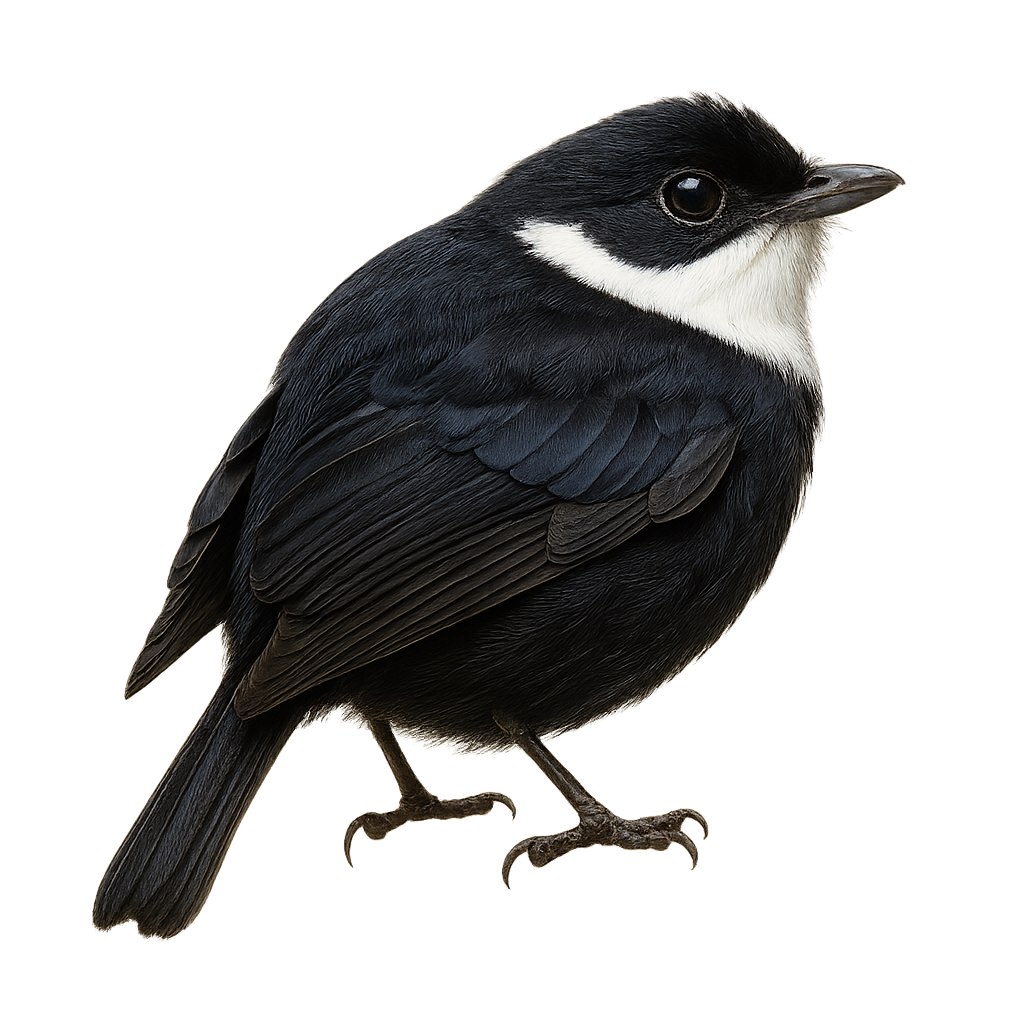Your wildlife photography guide.
Explore the white-ruffed manakin in detail, study its behavior, prepare your shots.
Where to observe and photograph the white-ruffed manakin in the wild
Learn where and when to spot the white-ruffed manakin in the wild, how to identify the species based on distinctive features, and what natural environments it inhabits. The WildlifePhotographer app offers tailored photography tips that reflect the white-ruffed manakin’s behavior, helping you capture better wildlife images. Explore the full species profile for key information including description, habitat, active periods, and approach techniques.
White-ruffed Manakin
Scientific name: Corapipo altera

IUCN Status: Least Concern
Family: PIPRIDAE
Group: Birds
Sensitivity to human approach: Suspicious
Minimum approach distance: 10 m
Courtship display: February to April
Incubation: 18-20 jours
Hatchings: March to May
Habitat:
Humid forests, dense undergrowth
Activity period :
Primarily active during the day, with peak activity in the morning and late afternoon.
Identification and description:
The White-ruffed Manakin, Corapipo altera, is a small bird from the Pipridae family, primarily found in the humid forests of Central America. This manakin is recognizable by its distinctive black and white plumage, with a white collar around its neck. Males are known for their spectacular courtship displays, performing complex dances to attract females. These birds typically live in small groups and feed mainly on fruits and insects. Their preferred habitat includes dense undergrowth where they can move quickly and discreetly. Although their population is stable, deforestation poses a potential threat to their natural habitat.
Recommended lens:
400mm – adjust based on distance, desired framing (portrait or habitat), and approach conditions.
Photography tips:
To photograph the White-ruffed Manakin, it is advisable to use a telephoto lens of at least 400mm to capture detailed images without disturbing the bird. Look for areas of dense undergrowth where these birds are active, especially in the morning. Be patient and discreet, as these birds can be suspicious. Use a tripod to stabilize your camera and adjust ISO settings to compensate for low light under the forest canopy. Aim for moments when natural light filters through the trees to achieve well-lit shots.
The WildlifePhotographer App is coming soon!
Be the first to explore the best nature spots, track rutting seasons, log your observations, and observe more wildlife.
Already 1 439 wildlife lovers subscribed worldwide

